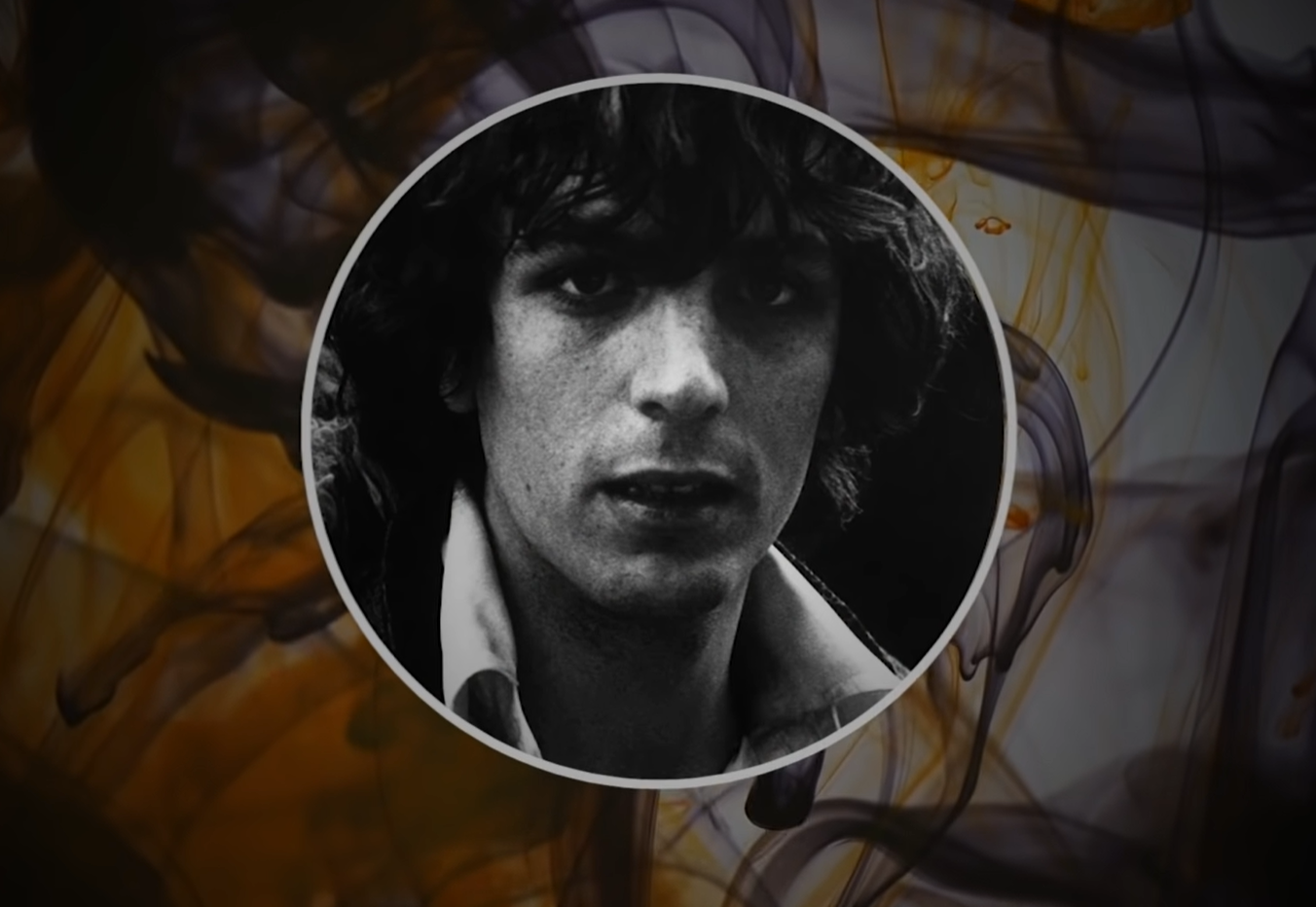For many people, myself included, The Dark Side Of The Moon is the crown jewel in Pink Floyd’s catalog. The band started recording it in 1972, when their most iconic lineup was at their most productive. They were pushing boundaries and experimenting making use of cutting-edge technologies: -at the time- synthesizers, tape groups and multitrack recording. The engineering was done by Alan Parsons, one of the greatest ever to work a studio console. Even the artwork is near perfection, created by the legends at hypnosis. On top of all of this the album is a high concept lyrical masterpiece that delves into everything that makes up human life. Upon release, The Dark Side Of The Moon was immediately met with commercial and critical success. It topped billboards album chart and stayed there for an incredible 741 weeks (or 14 years). Taking all this into account, it’s no surprise that The Dark Side Of The Moon is often lauded by fans and critics alike as one of the greatest albums ever recorded. Over this and the next articles I’m gonna take a real close look at why that is. I’m gonna explore the lyricism, musicality and history of The Dark Side Of The Moon and I’m gonna try to come to a deeper understanding of why it’s so magnificent.
Before it all begins, before the beautiful melodies, before the polished solos, before the heart-wrenching lyrics, we open on a single heartbeat. It’s a simple touch, but it gets the humanity that’s at the core of The Dark Side Of The Moon. It provides a universal starting point and that heartbeat will eventually come full circle in the finale. Out of this heartbeat grows an overture of sorts foreshadowing the rest of the album. The Dark Side Of The Moon is, at least in the broadest sense, an album about life: it’s about the stresses and struggles that make human existence what it is, it’s about all the noise that constantly surrounds us and about trying to cut through that noise to find truth, beauty and meaning. And all of these things begin from the same place, from being thrust into the world and greeting it with a heartbeat and a breath. Speak To Me is a birth in the form of a sound collage. It’s made of bits and pieces of sound that will appear throughout the rest of the album: there’s the ticking clock of Time, the cash register of Money, Claire Tori’s vocals from The Great Gig In The Sky, the helicopter from On The Run and the madman’s laugh from Brain Damage. In a minute-long swell Pink Floyd shows us all that is to come. Among this sound collage is a pair of spoken word parts to. These spoken word parts are members of studio staff and various people in Pink Floyd’s entourage. While the band were working on The Dark Side Of The Moon, Roger Waters recorded interviews with all of these people. He will put them in front of a microphone in a darkened studio and show them flash cards. The questions would start easy asking about foods and colors, before moving into deeper questions about the subjects lives; questions like “when was the last time you were violent?” followed by “were you in the right?”. The two answers featured on Speak To Me focus on madness, foreshadowing another theme that will drive The Dark Side Of The Moon. In fact it’s not just present on this album. One of Pink Floyd’s biggest fascinations across their entire career was mental illness. A big reason for this is Syd Barrett, a former frontman who experienced serious struggles with mental illness and eventually had to be kicked out of the band. The presence of Syd Barrett is felt throughout The Dark Side of the Moon with musings on how modern life can bring about madness. Speak To Me is an overture, a glance into everything that will come in the album and then it erupts seamlessly into Breathe.
Martina Leonardi
IV E scientifico
